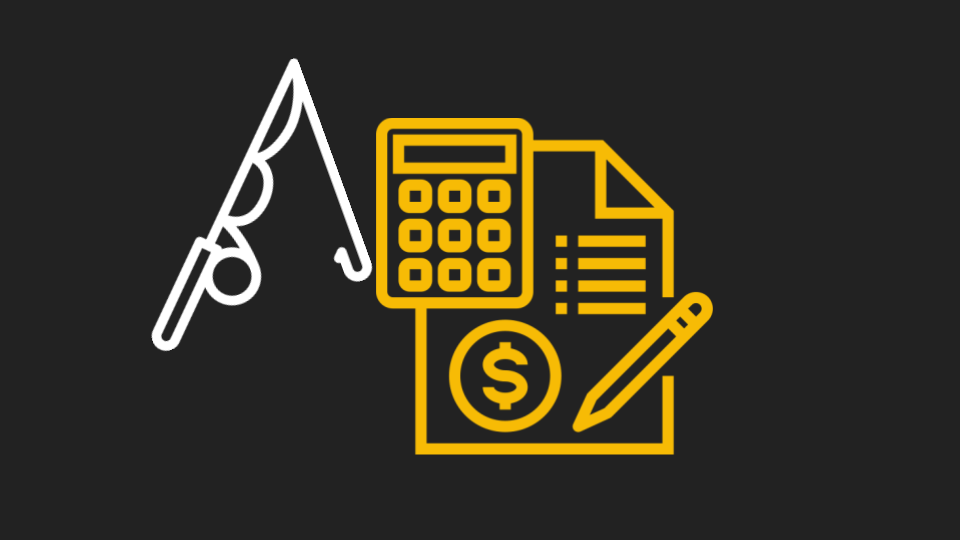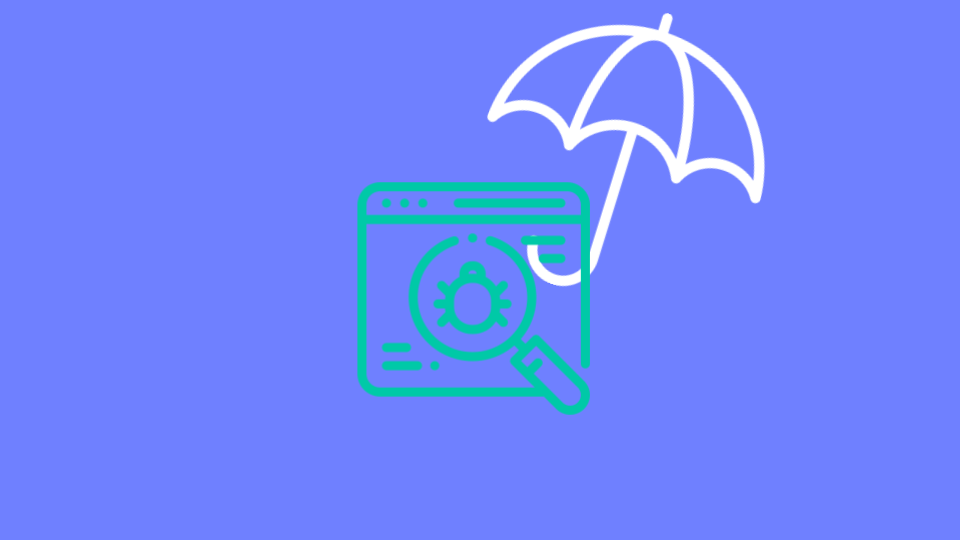Hackers continually impersonate trusted brands to get into the inbox. By leveraging the legitimacy of a trusted domain, security solutions are more likely to view the email itself as legitimate.
The content of the email may differ from the services that the domain offers. That’s not necessarily important; what is important is leveraging the legitimate service. We call this The Static Expressway. This refers to the practice of hackers utilizing websites that are on static Allow Lists to get into the inbox.
Starting in May 2022, Avanan researchers have observed hackers using the domain of QuickBooks–quickbooks.intuit.com–to send malicious invoices and request payments. The hackers send the email from QuickBooks’ domain, using a free QuickBooks account that they have signed up for, with the email body spoofing brands like Norton or Office 365. In this attack brief, Avanan will analyze how hackers are leveraging legitimate and popular websites to get into inboxes and steal credentials and money.
Attack
In this attack, hackers are creating accounts in QuickBooks, and then sending malicious invoices and requests for payments directly from the service.
- Vector: Email
- Type: Credential Harvesting
- Techniques: Brand Impersonation, Double Spear
- Target: Any end-user
In this attack, threat actors are using the legitimacy of QuickBooks to get into the inbox.
Email Example #1
In this attack, hackers are presenting what looks like an invoice for Norton. The email comes from a QuickBooks domain. That is because the hackers have signed up for a QuickBooks account, and are sending an invoice from that account. It presents an invoice and encourages you to call if you think there are any questions. When calling the number provided, they will ask for credit card details to cancel the transaction. Note that the number is one associated with such scams, and the address doesn’t correlate with a real one.
Techniques
Hackers, particularly on the dark web, are using a combination of social engineering and legitimate domains to extract money and credentials from end-users. By using a legitimate domain–in this case, QuickBooks–it offers a trusted domain by which to send phishing emails. This process is not unique to QuickBooks. Over the years, we’ve seen this across many popular brands, such as Microsoft, Google, Walgreens, DHL, Adobe and many more. The idea is to take advantage of the fact that these popular websites are on static Allow Lists. Organizations can’t block Google, so Google-related domains are allowed to come into the inbox. These static lists are continually pilfered by hackers. This has manifested itself in hackers hosting phishing content on sites like Milanote.
In this case, hackers are using the actual domain of QuickBooks to get into the inbox. All they have to do is create an account on QuickBooks, which is simple to do. QuickBooks is a trusted domain–static Allow Lists will let it fly into the inbox.
Once there, they present classic social engineering tactics, such as urgency and monetary damages. By requiring the end-user to call to see what’s going on, the hackers then harvest the phone number, allowing them to use it for future attacks. We call this tactic phone number harvesting.
This attack then presents a one-two punch. The hackers receive money and have a phone number for future attacks, whether it’s via text message or WhatsApp.
This attack works because of what hackers on the dark web call a double spear:
- Make the user call the listed telephone number
- Make the user pay the invoice
Add to the fact that there’s built-in legitimacy since the email comes from QuickBooks and this represents a particularly tricky and effective phishing campaign.
Avanan has alerted QuickBooks of this campaign and will update with any additional information.
Best Practices: Guidance and Recommendations
To guard against these attacks, security professionals can do the following:
- Before calling an unfamiliar service, Google the number and check your accounts to see if there were, in fact, any charges
- Implement advanced security that looks at more than one indicator to determine in an email is clean or not
- Encourage users to ask IT if they are unsure about the legitimacy of an email






